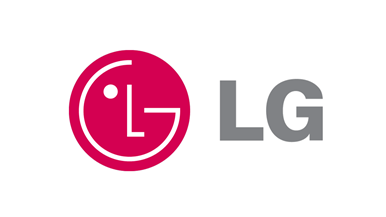LG LG385N1C-E6 solar panel review
Priced at $347.

-
Type
View more details.
Monocrystalline or polycrystalline. Some panels are further specified as having PERC, HJT or IBC technologies which improve their efficiency. See our solar panels buying guide for more information.
- Monocrystalline
-
Efficiency ratio (%)
View more details.
A measure of the panel's electricity output (in watts) compared to its surface area. The bigger the number, the better.
- 20.9
-
Claimed nominal power (W)
View more details.
The nominal power output for the panel under standard lab conditions. The higher the number, the more electricity you'll get from the panel. See our solar panels buying guide for an explanation.
- 385
-
Claimed power tolerance
View more details.
This is how much you can expect individual samples to vary from the panel's power rating.
- 0 to +3%
- Dimensions (L x W, cm)
- 176.8 x 104.2
-
AC or DC
View more details.
Most panels are DC - they deliver high-voltage direct current (DC) to the inverter, which converts it to alternating current (AC) for your home's circuits. Some panels are classed as AC, as they come with a microinverter on each panel. See our solar panels buying guide for the pros and cons of each type.
- DC
-
Product warranty (years)
View more details.
The warranty for the panel itself, covering repair or replacement if the panel is faulty. See our solar panels buying guide for details.
- 25
-
Performance warranty (years)
View more details.
The number of years for which a certain level of performance is guaranteed (typically warranting that the panel will still produce at least 80% of its claimed power rating at the end of this period and will degrade in a predictable linear fashion). See our solar panels buying guide for more information.
- 25
-
Power output at end of performance warranty
View more details.
The percentage of the original rated power output that the panel is warranted to deliver at the end of its performance warranty period. A 400W panel warranted to deliver 80% after 25 years should therefore be the equivalent of a 320W at that time (320 = 80% of 400).
- 90.6
-
Warranted performance degradation per year
View more details.
The rate at which the panel is warranted to lose performance over time.
- 1.5% for first year, 0.33% pa afterwards to the 25th year
-
Origin
View more details.
Country of manufacture of the panel. Some brands have plants in several countries.
- Vietnam
-
Operating temperature range
View more details.
The claimed range of ambient temperatures in which the panel can operate. The standard claim is -40°C to +85°C. Most panels perform best in mild temperatures, up to about 25°C, but rooftop temperatures can often be much higher than that.
- -40°C to +85°C
-
Temperature coefficient
View more details.
This shows how well the panel responds to higher temperatures. The hotter a solar panel gets, the less efficient it becomes, so the lower this number, the better. See the buying guide for an explanation.
- -0.33%/°C
-
Release date
View more details.
The year this panel was released to the market.
- 2021
- Website
- lgenergy.com.au


